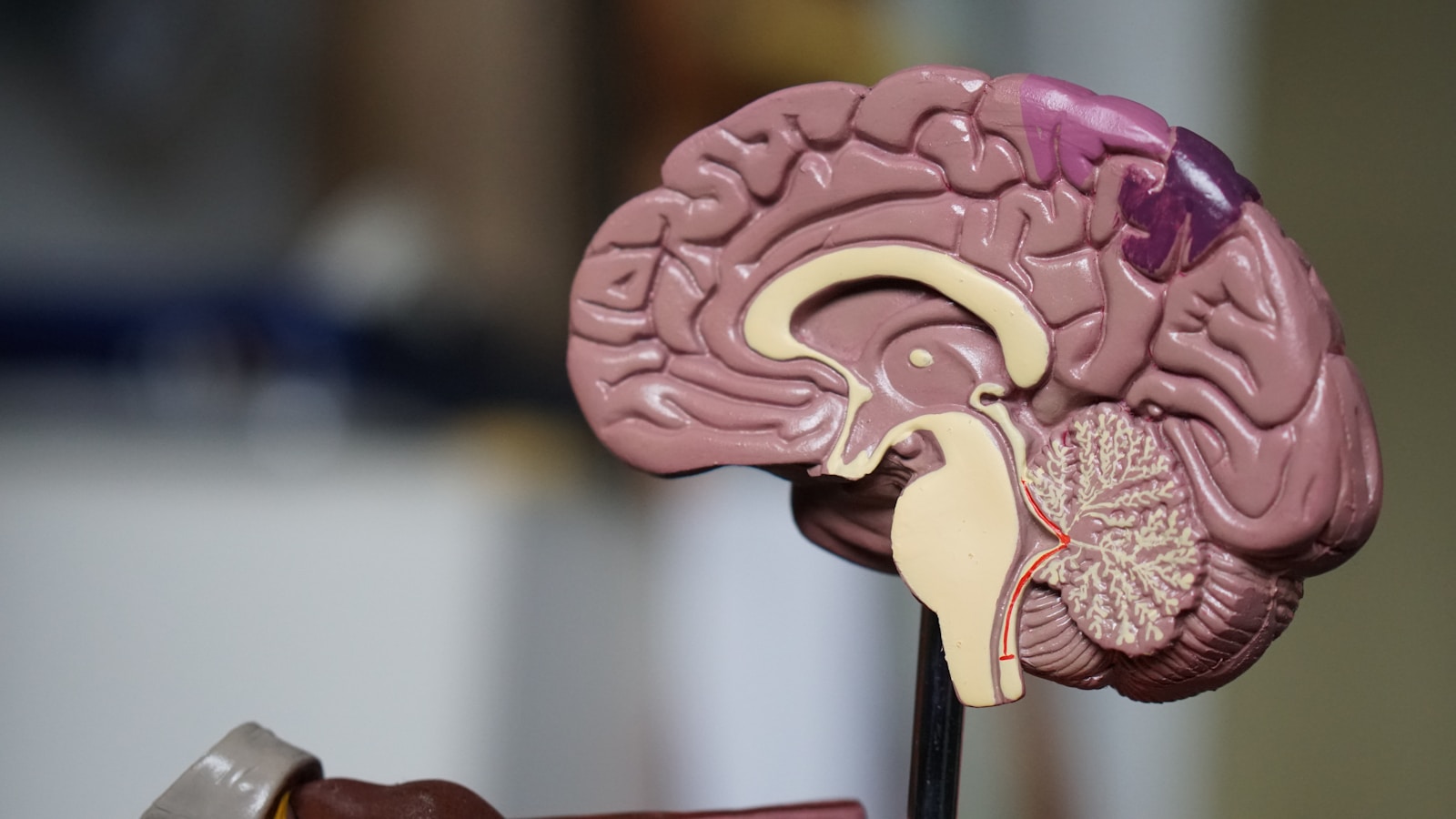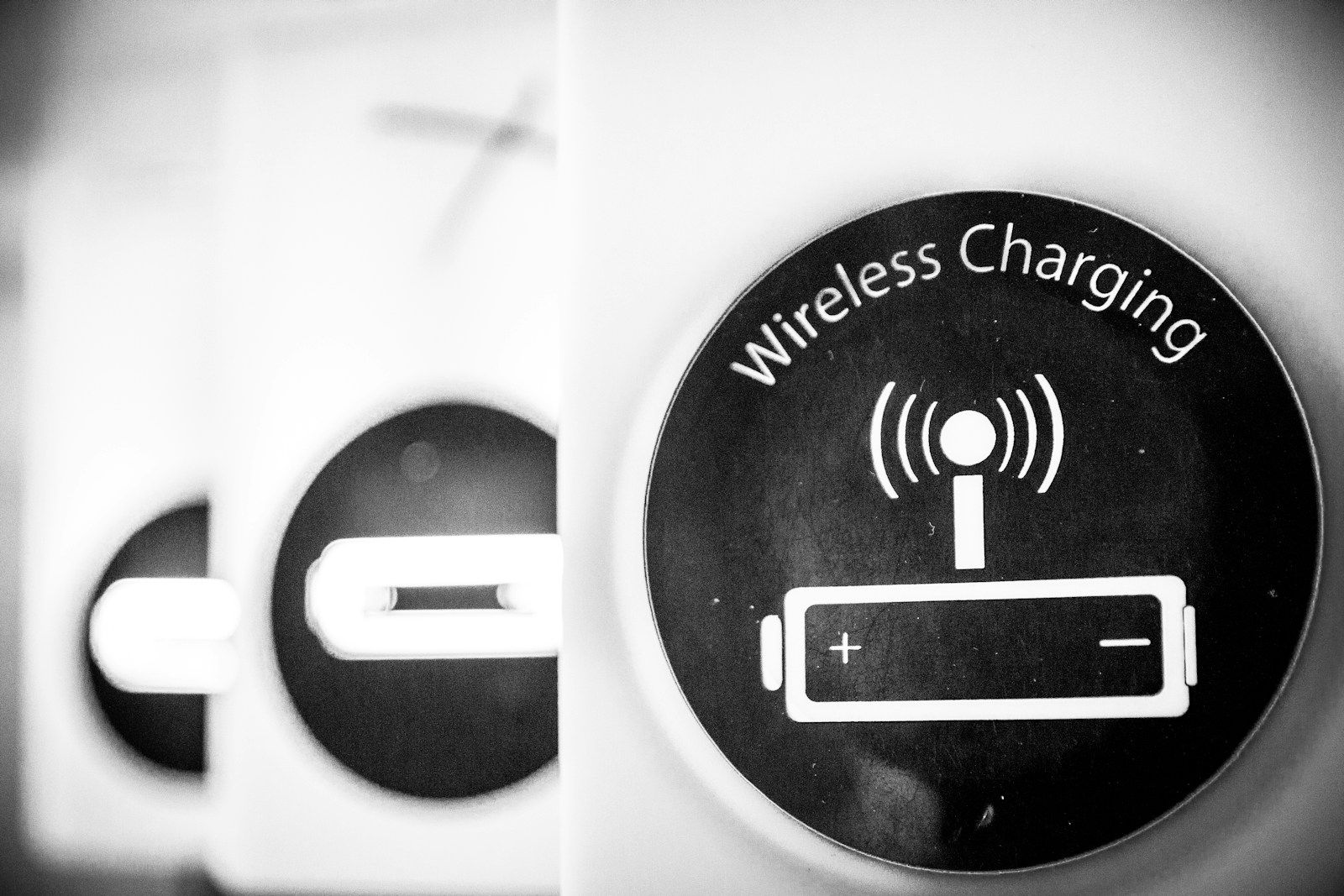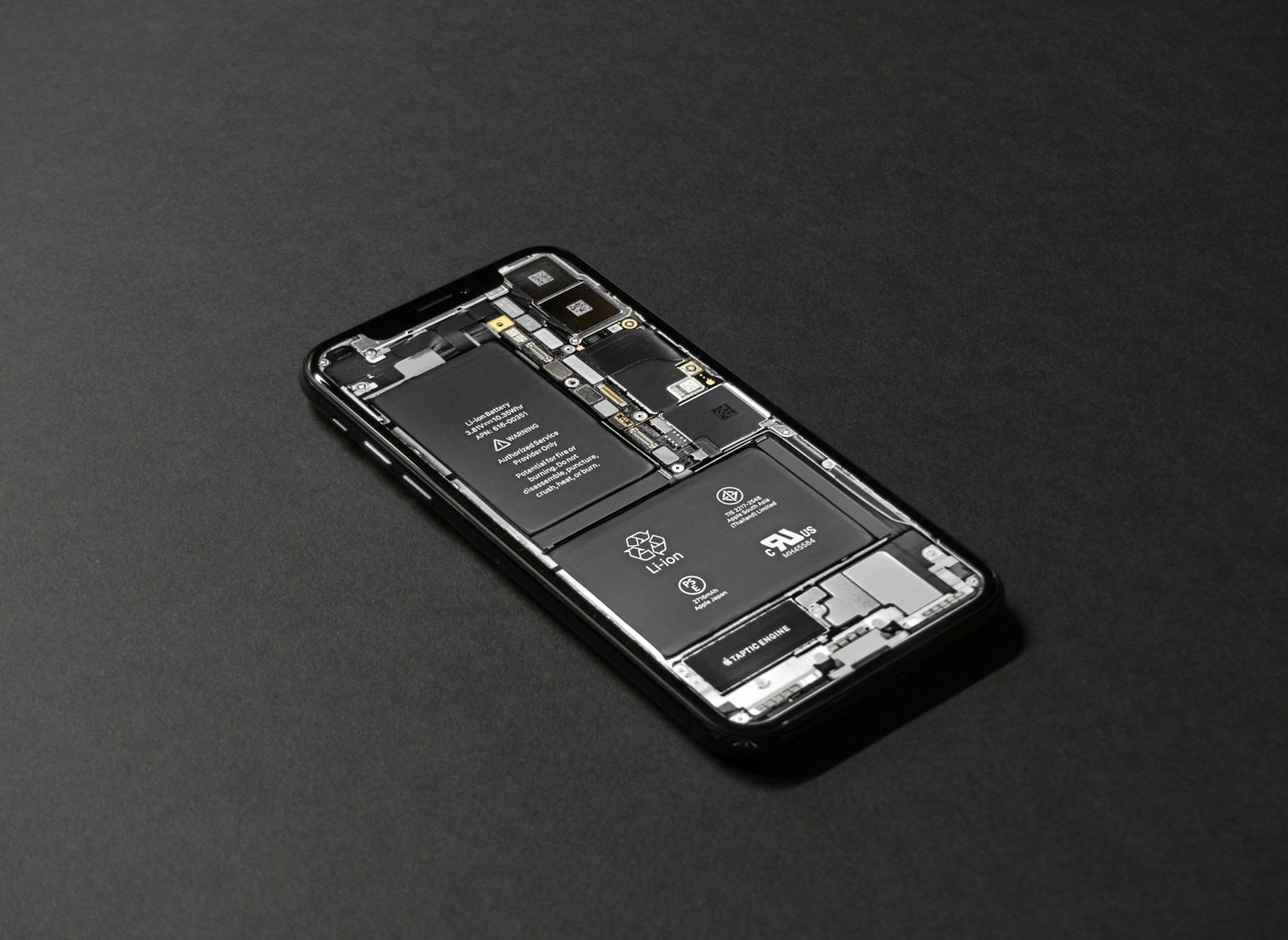China’s Breakthrough in Brain-Computer Interfaces: A Two-Way System That Redefines Human-Machine Interaction
Chinese researchers have introduced a groundbreaking two-way brain-computer interface (BCI) that vastly improves efficiency and could revolutionize neurotechnology applications. Developed by experts at Tianjin University and Tsinghua University, this innovative system enhances communication between the brain and machines, leading to a 100-fold increase in efficiency compared to traditional BCIs.
Unlike conventional BCIs, which primarily focus on interpreting brain signals without offering feedback, this system fosters mutual learning between the brain and the machine. By enabling a continuous exchange of information, the interface ensures long-term stability and reliability, a crucial step toward mainstream adoption. The technology paves the way for more intuitive and adaptive human-machine interaction, making BCIs more viable for practical applications.
According to Xu Minpeng, a researcher from Tianjin University, “Our study pioneers the concept of brain-computer co-evolution, demonstrating how biological and artificial intelligence can adapt to one another. This is a significant milestone in achieving seamless human-machine integration.”
Overcoming One-Way Communication Barriers
Since their inception in the 1970s, BCIs have allowed individuals to control devices through neural signals, with applications ranging from assistive technology for people with disabilities to hands-free gaming and drone piloting. However, traditional BCIs are constrained by their one-way functionality, meaning the brain receives no feedback to refine control. Over time, this limitation can degrade performance and make it difficult for users to maintain precision.
Through extensive research, the scientists discovered that fluctuations in brain signals are not random but rather influenced by the way the brain interacts with the interface. By leveraging this insight, they engineered a dual-loop framework using a memristor chip, a specialized component that mimics neural networks and enhances adaptability. The memristor chip allows the system to store and process information efficiently while consuming minimal energy, making it well-suited for portable and wearable applications.
A Leap in Brain-Computer Interaction
The dual-loop system comprises two integral mechanisms: a machine learning loop that continuously updates the decoder to synchronize with the brain’s signal variations, and a brain learning loop that helps users improve control through real-time feedback. This synergy enhances both machine efficiency and human adaptability. Unlike traditional BCIs that degrade over time due to signal drift, this system remains stable and continues to refine its accuracy the more it is used.
In performance tests conducted with ten participants over six-hour sessions, the new BCI demonstrated a 20% improvement in accuracy compared to conventional systems. Additionally, it introduced four degrees of freedom—allowing movement not just up and down or left and right, but also forward-backward motion and rotation—all controlled solely by neural activity. This expanded range of motion significantly enhances the practicality of BCIs for real-world applications, such as prosthetic limb control and virtual reality interaction.
Beyond efficiency, the system is also significantly more energy-efficient, consuming 1,000 times less power than traditional digital BCIs. This reduction makes it an attractive solution for integration into wearable and portable devices, opening up potential applications in both medical and consumer markets. Lower power consumption also means extended usage without frequent recharging, making the technology more convenient for daily use.
Future Implications and Applications
This breakthrough has profound implications for various industries. In the medical field, the improved adaptability and stability of the new BCI could enhance assistive technologies for individuals with motor impairments, enabling more natural and precise control of prosthetic limbs or communication devices. In consumer electronics, the ability to seamlessly integrate BCIs into wearable devices could revolutionize how people interact with smartphones, computers, and even smart home systems. The potential for brain-controlled virtual reality and gaming experiences also presents exciting possibilities.
Xu further emphasized the potential of this research: “Our work lays the foundation for practical brain-machine interaction, setting the stage for future developments in brain-computer intelligence and real-world usability. By making BCIs more intuitive and reliable, we are one step closer to merging human cognition with artificial intelligence.”
As BCI technology continues to advance, this latest innovation marks a promising step toward achieving more intuitive and efficient human-machine collaboration. With continued development, the possibilities for enhancing human capabilities through neurotechnology are closer than ever before. Whether in healthcare, robotics, or everyday consumer applications, the advent of two-way BCIs signals a new era of seamless, energy-efficient, and adaptive brain-machine communication.







